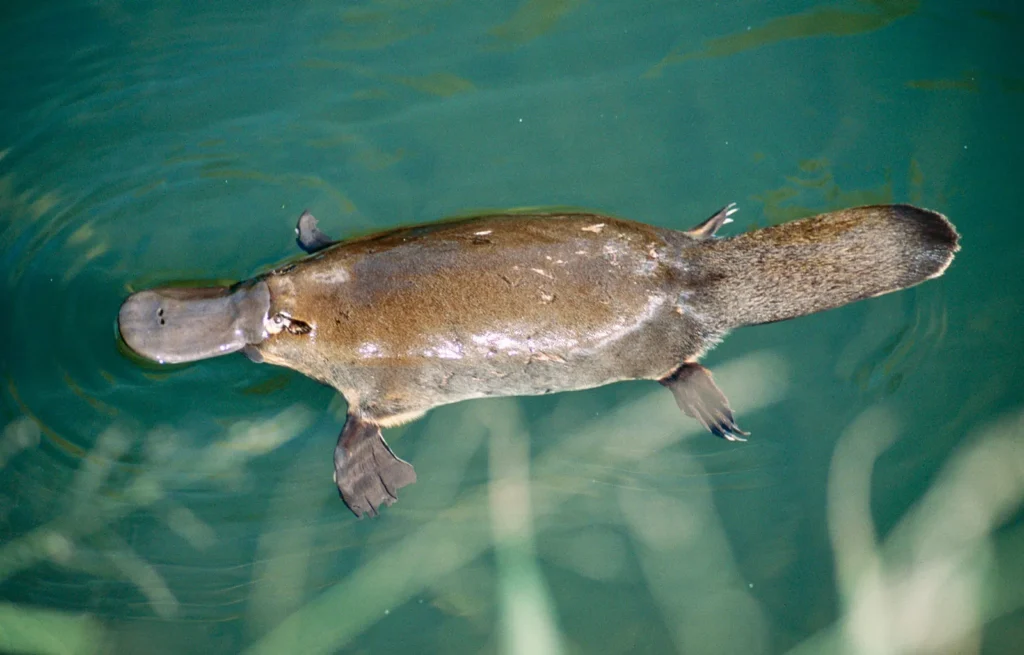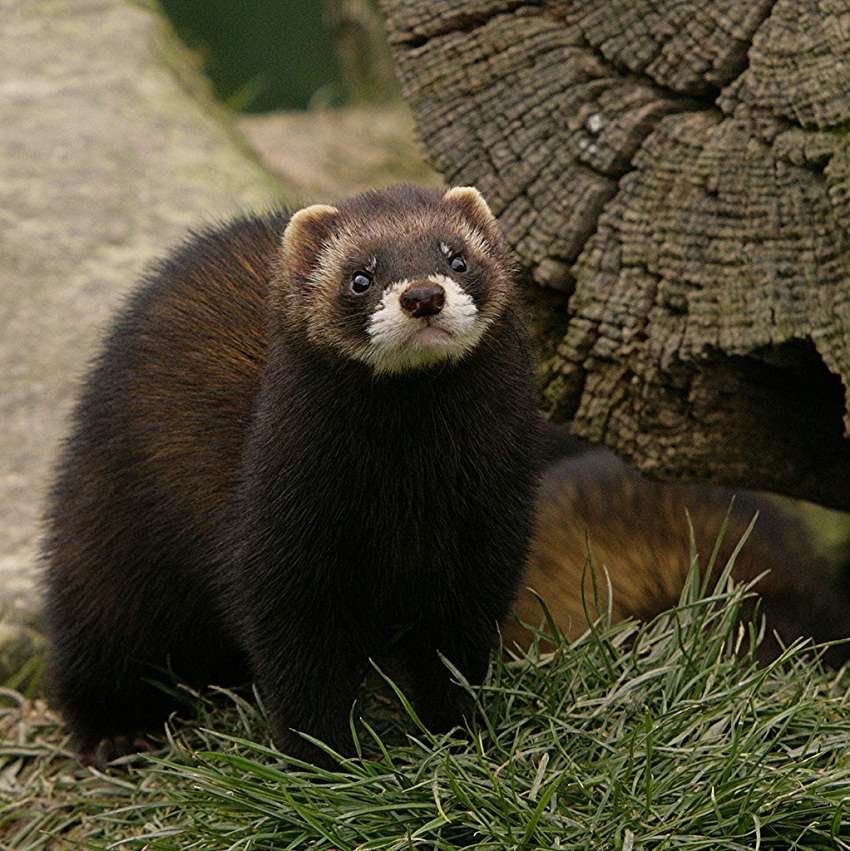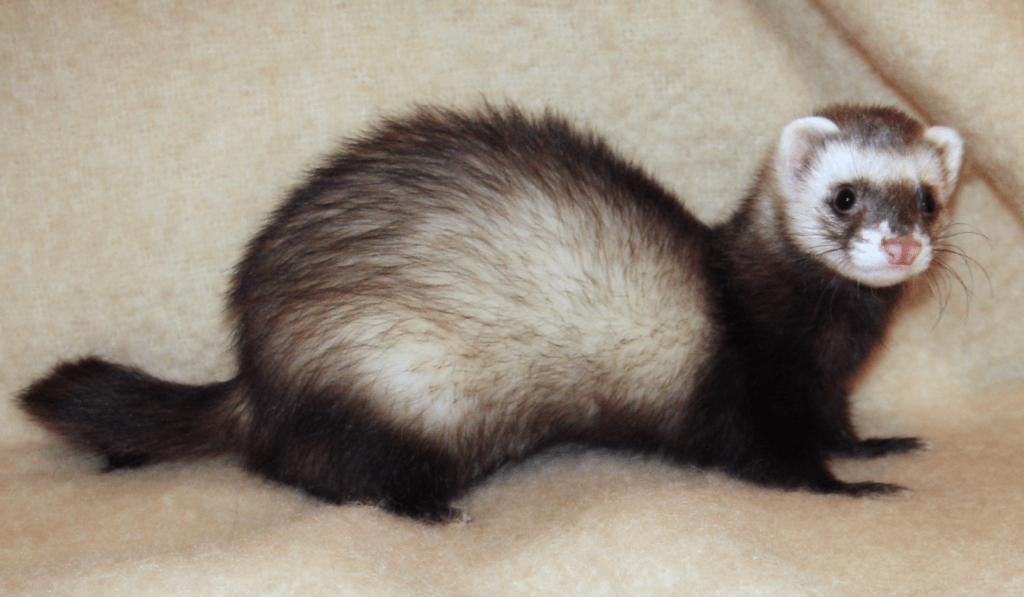
Description
Scientific name: Tolypeutes tricinctus
Life span: Up to 15- 20 years
Three-banded armadillos have several hues of brown color. Their bodies are covered in a rigid carapace that forms from the epidermis and is made up of sturdy, bony plates known as scutes. The average three-banded armadillo weighs around 1.5 kg and has a body length of 10-12 inches. Its tail length is 2.5 inches. In most cases, the exterior surfaces of the limbs, the tail, and the top of the skull are likewise armored. When threatened, they will roll nearly to the point where their armor forms a trap that closes on the paw of their predator. The skin is delicate and hairy below. Whenever they fold into a sphere, the legs, head, and tail may tuck within since the carapace is not linked.
Native Region/Habitat
Three-banded armadillos are native to Brazil, Argentina, Bolivia, and Paraguay. They inhabit grasslands, open forests, and marsh areas.
As Pet

Behavior/Temperament
Armadillos like to travel alone most of the time, they may migrate in small families of up to 2- 3. They usually feed at night, and they have also been observed doing so. They are superb diggers. Three-banded armadillos don’t burrow for protection or cover. Instead of excavating burrows, they tend to rest beneath shrubs, and since they can roll into a ball, defensive digging is not essential. When not foraging, they walk in a sort of gallop, hopping on the pads of their anterior toes as their back feet slam onto the ground. They use fluids from glands present on their rump, feet, and face to mark their territory.
Care/Grooming
The proper cage is among the most important aspects of rearing unusual and demanding exotic pets in captivity. This is especially crucial for armadillos since they need certain settings in order to engage in activities that are essential to their welfare. Digging substrate with a deep layer should be emphasized in the armadillo cage. This can be hay, sand, and any other semi-solid substrate, including bedding for tiny animals. Creativity will be required because conventional cages cannot meet all of an armadillo’s demands.
Table





